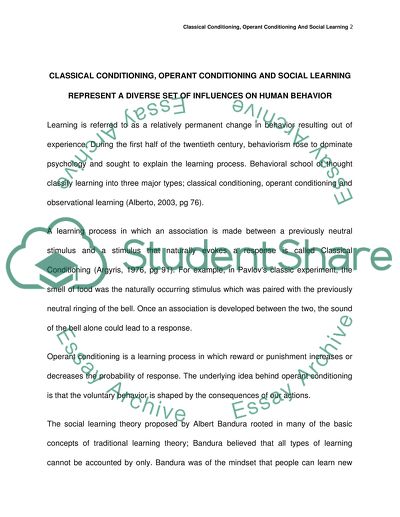Cite this document
(“Classical Conditioning, Operant Conditioning and Social Learning Assignment”, n.d.)
Retrieved from https://studentshare.org/psychology/1441268-classical-conditioning-operant-conditioning-and
Retrieved from https://studentshare.org/psychology/1441268-classical-conditioning-operant-conditioning-and
(Classical Conditioning, Operant Conditioning and Social Learning Assignment)
https://studentshare.org/psychology/1441268-classical-conditioning-operant-conditioning-and.
https://studentshare.org/psychology/1441268-classical-conditioning-operant-conditioning-and.
“Classical Conditioning, Operant Conditioning and Social Learning Assignment”, n.d. https://studentshare.org/psychology/1441268-classical-conditioning-operant-conditioning-and.


